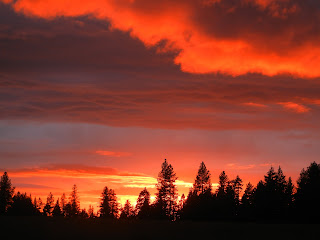“Brilliant news!! Still no recurrence of my supposedly incurable #cancer!! Median time 2 recurrence 4 all pts is 6 months; I’m now out to 8 months! Perhaps neoadjuv/adjuv combi immunotherapy is effective?? Need clinical trial.”
Do we need a clinicial trial or do we need to step back and take a rational and unbiased look at the data? I think the latter. Statistically, the median is the mid-point of all observations. That is, 50% of patients with #cancer will have progression free survival under 6 months, and 50% will have progression free survival over six months. The median is a good measure of central tendency when the distribution is non-normal. Under normal distributions, the median, mode (most frequent measure) and mean (arithmetic average) are all very similar.
I am assuming the individual in question is using “recurrence” to denote progression free survival (PFS) which is the new kid on the block for clinical trials attempting to show progress in slowing (not curing) cancer. PFS is a surrogate measure beloved of pharmaceutical companies because it is much easier and cheaper to show a benefit than it is to show an overall survival (OS) benefit in cancer. Sadly, many new cancer treatments, including much hyped therapies and targeted treatments which show a statistical benefit when PFS is used as the endpoint, show no difference at all when compared to the older/conventional treatment when OS is used as the endpoint.
In the case quoted above, there are a myriad of other explanations besides “ neoadjuv/adjuv combi immunotherapy” for why the individual is in the 50% of #cancer patients who have PFS greater than six months. Arguably, first amongst these is this individuals priviledged position in society as a well-nourished, well-socially supported individual with priority access to health care. It’s not hard to imagine that a well connected individual might get priority treatment before an immigrant living in a one bedroom apartment in western Sydney driving Uber whilst trying to raise three kids.
Sadly, income and social position remain the greatest determinants of health in the modern world. No amount of clinical trials will change that. In fact, given the cost and resources these trials suck up a strong argument could be made that we would achieve better outcomes overall if the money that went into pharmaceutical trials of drugs that have high levels of toxicity and incremental (at best) beneft were funnelled into primary and preventative care. Obesity is a leading cause of cancer and yet despite annual increases in the number of obese, overweight and metabolically deranged Australians comparatively little money and virtually no public or political will goes toward curbing the obesity pandemic (the real pandemic).
In the case above, we have one person whose response thus far is comparable to the response of a large proportion of #cancer patients given standard therapy, is this cause to rush towards a clinical trial of several unproven, toxic, and expensive therapies or a call for compassion towards the afflicted whilst we bravely turn towards the real pandemic? I think the latter.



















